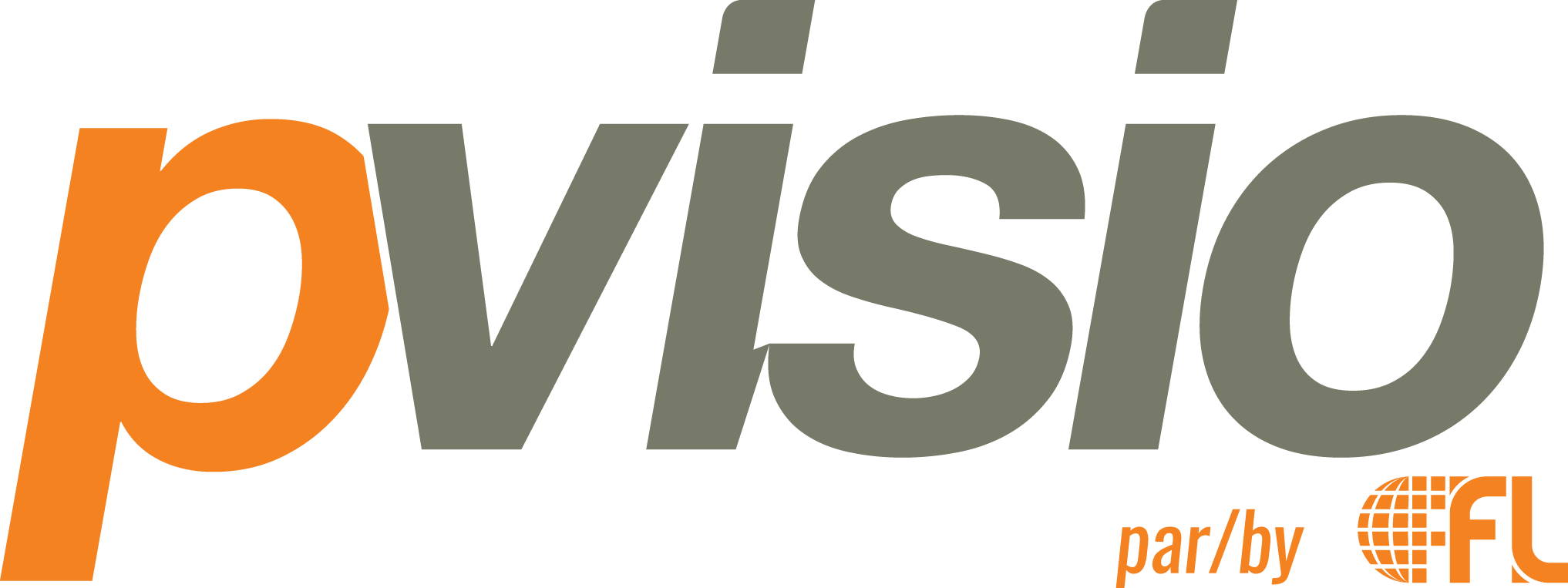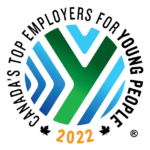1. 2017 Classification Decision
With the Fall season settling in, companies can soon expect to find their annual CNESST classification decision arriving in the mail, which is issued every year between late October and early November.
As mentioned in a previous article (Understanding your CSST Classification Notice), this important letter is too often ignored by employers who do not realize its significance.
This classification determines the rate that will be used to calculate the company’s premiums for the coming year. It is therefore important to ensure that it truly reflects the nature of all business activities of the company or you could find yourself in a classification unit that has a higher rate and is more costly.
In the case where an error is spotted, or where a less expensive classification unit could be used for all or a portion of the company’s workers, the decision can be challenged, however this must be done within 30 days of receipt of the decision.
So be on the lookout for this notice and call us for a free consultation (details below) where we can review the decision to validate the accuracy of the classification. This precaution will allow you to avoid being subjected to a higher contribution rate, thereby unfairly paying a higher CNESST annual premium.
2. Request for a cost-sharing allocation
Several situations may give rise to a request to share allocation costs in a CNESST file. This is particularly the case when the employer considers that:
- the accident was due to a third party;
- it is an unfair financial burden as the accident stems from a natural disaster;
- the worker was already physically handicapped (suffered from a pre-existing condition), when his employment injury occurred.
In this last case, the employer must submit a cost-sharing application accompanied by the required justifications (generally an expert opinion and examples of case law), prior to the end of the third year following the year in which the injury occurred. For any accidents which occurred in 2013, this deadline will be December 31, 2016.
Obtaining the required analysis of a medical practitioner can take time so companies should start this process as early as possible, preferably at the beginning of the fall.
A careful assessment of your work accident records should be performed regularly in order to validate whether any files meet the conditions giving rise to a shared cost allocation, validate whether the cost-sharing application will be profitable to the company (not every file is worth it depending on the amount that could possibly be reversed) and to identify any other cost-saving measures in your other ongoing CNESST files.
Need assistance on this topic or any other aspect of workplace health and safety? We can help! To obtain a free one-hour consultation, please provide us with your coordinates here.
Our consulting services can assist you with the many advantages of a good management of workplace health and safety.



